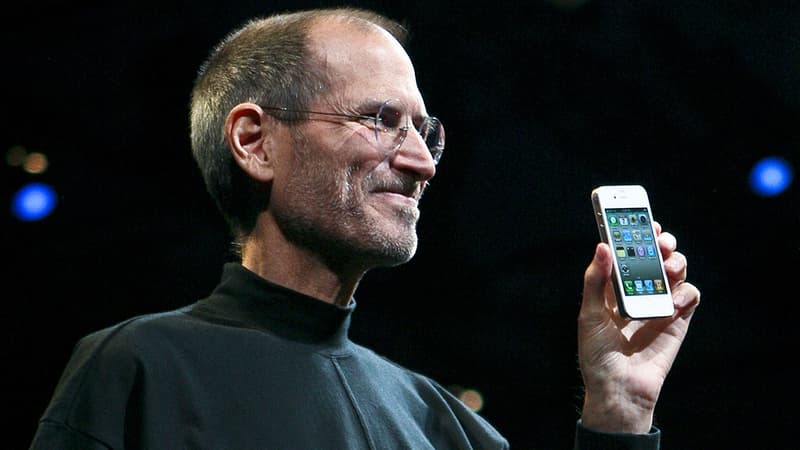Apple keynote day, which will present four new iPhones this September 12 (iPhone 15, iPhone 15 Plus, iPhone 15 Pro and iPhone 15 Pro Max). If the latter does not benefit from new functions, they will mark the history of the brand with the integration of a USB-C connector, instead of Lightning. For the first time, a universal charger will be compatible with an iPhone and an Android smartphone. A look back at the iPhones that have had the biggest impact on Apple launches since 2007.
iPhone 3G: the arrival of the App Store
If the first iPhone, launched in 2007, obviously made history, the iPhone 3G was the first to be sold in France, in July 2008. Above all, it established the real use of the smartphone, with the appearance of the ‘App Store on iPhone OS 2 (ancestor of iOS), which will offer millions of creators the opportunity to offer their own applications.
As its name suggests, it is also the first iPhone compatible with 3G, before the iPhone 5s came to democratize 4G a few years later. In France, the iPhone 3G will be launched at 509 euros.
iPhone 4: premium finishes and selfie camera
The iPhone 4 impacts on several levels. First of all, with an innovative design, which abandons plastic and replaces it with glass and metal. More careful finishes, which are accompanied by a substantial price increase: the device, the last in history presented by Steve Jobs, is then sold for 629 euros.
The device also stands out for the incorporation of an important component: the front camera, which will allow millions of iPhone users to take selfies. The iPhone 4 was the only iPhone to benefit from 15 months of maximum visibility, being the last to be presented in June, while the iPhone 5 will be the first in a very long series to be announced in September.
Despite Apple’s aesthetic successes, some devices have divided design enthusiasts. The most emblematic of them is undoubtedly theIphone 5c (2013), which is distinguished by its colorful plastic finishes and its famous perforated shell. Proof that Apple expected certain criticism, its emblematic designer Jony Ive will use the expression “Without plastic apologies” during the presentation of the smartphone, which could be translated as “plastic, without complexes.”
If some regulars of the brand have good memories of this model, the latter will be quickly abandoned by the company, which will wait several years (and theiPhone XR) take the risk of choosing such varied colors.
iPhone 6: big and very big
In 2014, the smartphone market reached a kind of maturity. But the next stage is already in sight: many years of screen expansion. While the iPhone 5s offers a 4-inch screen, Apple is thinking big, and very big. For the first time, your iPhone is available in two formats: the iPhone 6, with a 4.7-inch panel, and the iPhone 6 Plus, with a 5.5-inch screen.
These giants – which in turn will seem very small a few years later – will inaugurate one of the brand’s most emblematic designs. The latter is still available today, almost ten years later, through the iPhone SE, still available in Apple stores for 559 euros.
iPhone X: a look into the future
Together with the iPhone 6, the iPhone presented in 2017, took the range to another dimension, with a goodbye to the main button and a screen that occupied -almost- the entire front.
This screen, for its part, integrates OLED technology – already adopted by high-end competition – which allows a significant leap in image quality. It is also the first iPhone to integrate Face ID facial recognition technology. It will empty the wallet of more than one customer, with a particularly high price of 1,159 euros at launch.
Source: BFM TV


